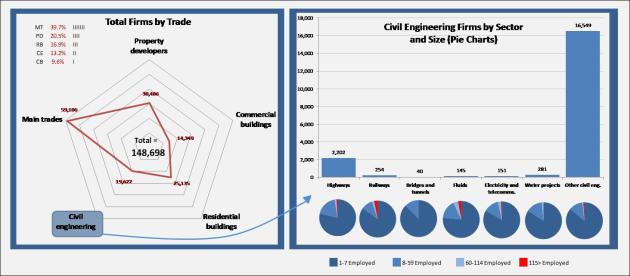Balfour Beatty – Brief Share Price Analysis
November 29, 2012 Leave a comment
So, my web coding skills are gradually progressing and I hope to make some progress with the company tables (mentioned in previous posts) over the next few weeks. In the meantime, and as Balfour Beatty have been prevalent in the trade press over the last few months, I thought it may be useful to have a quick look at some historical share prices.
Recently, BB have undertaken a major restructure (a realignment which is likely to yield substantial savings at the loss of around 650 jobs), and a supply chain consolidation exercise. Earlier this month they released a profit warning after reporting a lower profit forecast for 2012. As one would expect, this caused a steep decline in share price, but not below the key support zone of around the 245 level. More recently, contract wins in mid-November have set the bulls back in motion, although, BB’s price seems to be struggling to break through the resistance zone at around 253. BB’s average share price so far this year comes in lower than that of 2011 but the lowest price in 2012 has not sunk below the 2 year low of 214.6 posted last November.
You can read BBs Q3 Interim Management Statement here:
We are hoping to undertake lots more analysis of performance over in the future. Once per month, we will have a detailed look at the performance a chosen company, including:
– History
– Fundamental analysis
– Technical analysis
– Recent and noteworthy news such as contract wins, restructuring, etc.
– Speculation on future developments
We will also be home to tables of high-level statistics on all listed construction, support services, and real estate companies, updated weekly.





